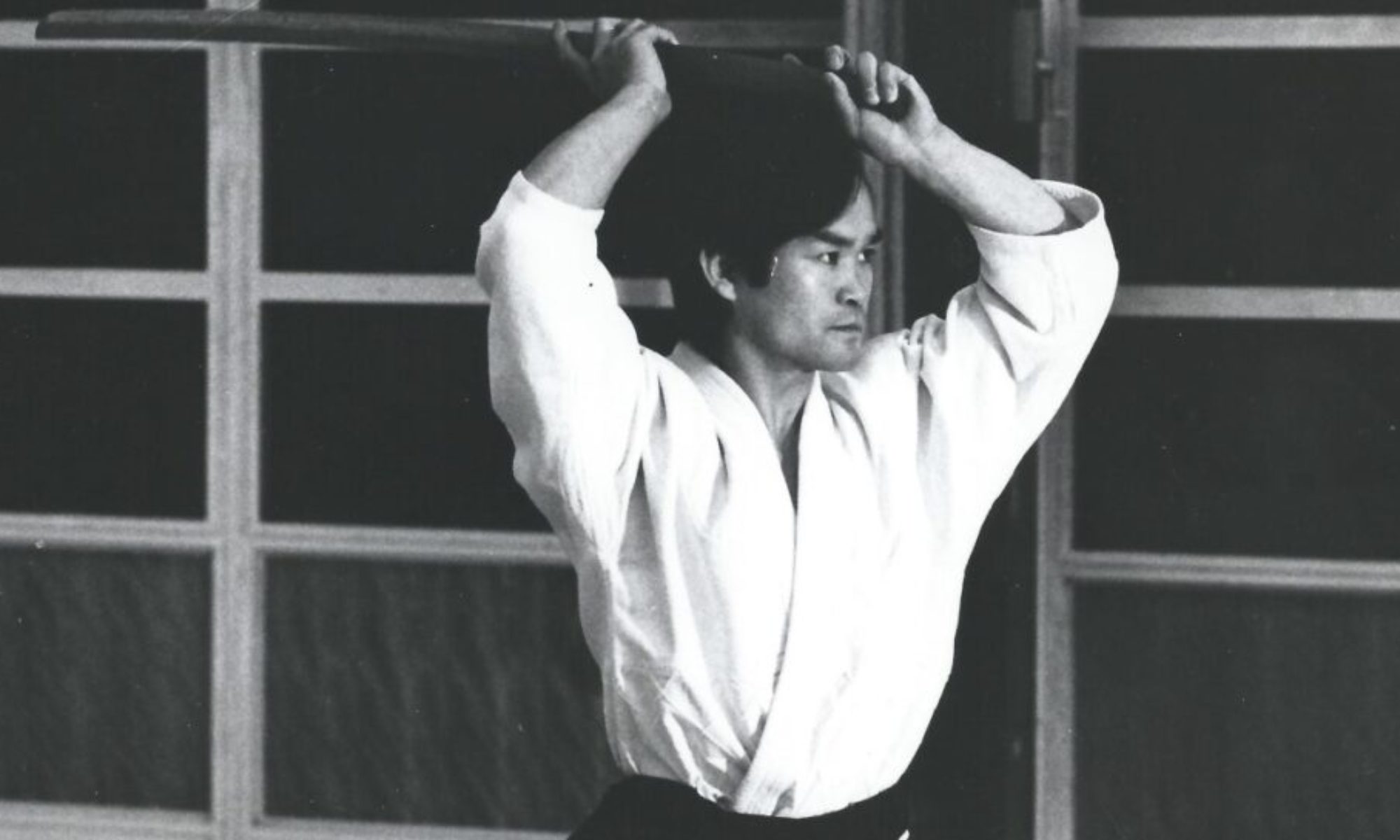R. Savoca, Senior Council Chair, Chief Instructor Brooklyn Aikikai
It is my pleasure to reintroduce Biran Online to the BNA community. After a hiatus, this online journal will go forward with editor Cecilia Ramos. My personal gratitude goes out to Cecilia for reviving Biran Online, and my hope is that it provides a richness to our community.
One question that seems to come up in the larger martial arts community is “Why practice Aikido?” There are arguments for and against its relevance and effectiveness in the modern world, none of which hold much interest for me. At a recent seminar, George Lyons Sensei said something I wholeheartedly agree with: “If we practice Aikido sincerely and deeply and long enough, the ‘we’ will get rubbed out – the ego will be seen through.”
Looking at the current state of the world – with its many divisions and conflicts – it is apparent to me that Aikido is even more relevant and necessary than perhaps it has ever been. If practiced with honesty, Aikido forces us to confront the simple fact that there is a human being before us. In my mind, our practice is to work with this person, with all the perceived difficulties they may present, and creatively reconcile whatever the situation is offering us. Only by doing this can duality be seen through, and true peace be known. Perhaps, if our practice is sincere enough, we can know this peace more often and carry it into the world.
I wish for the success of Biran Online and hope the members of BNA will actively participate in submitting articles. Onward!

Editor’s note: perhaps some of our members might like to write something about why they practice Aikido.
